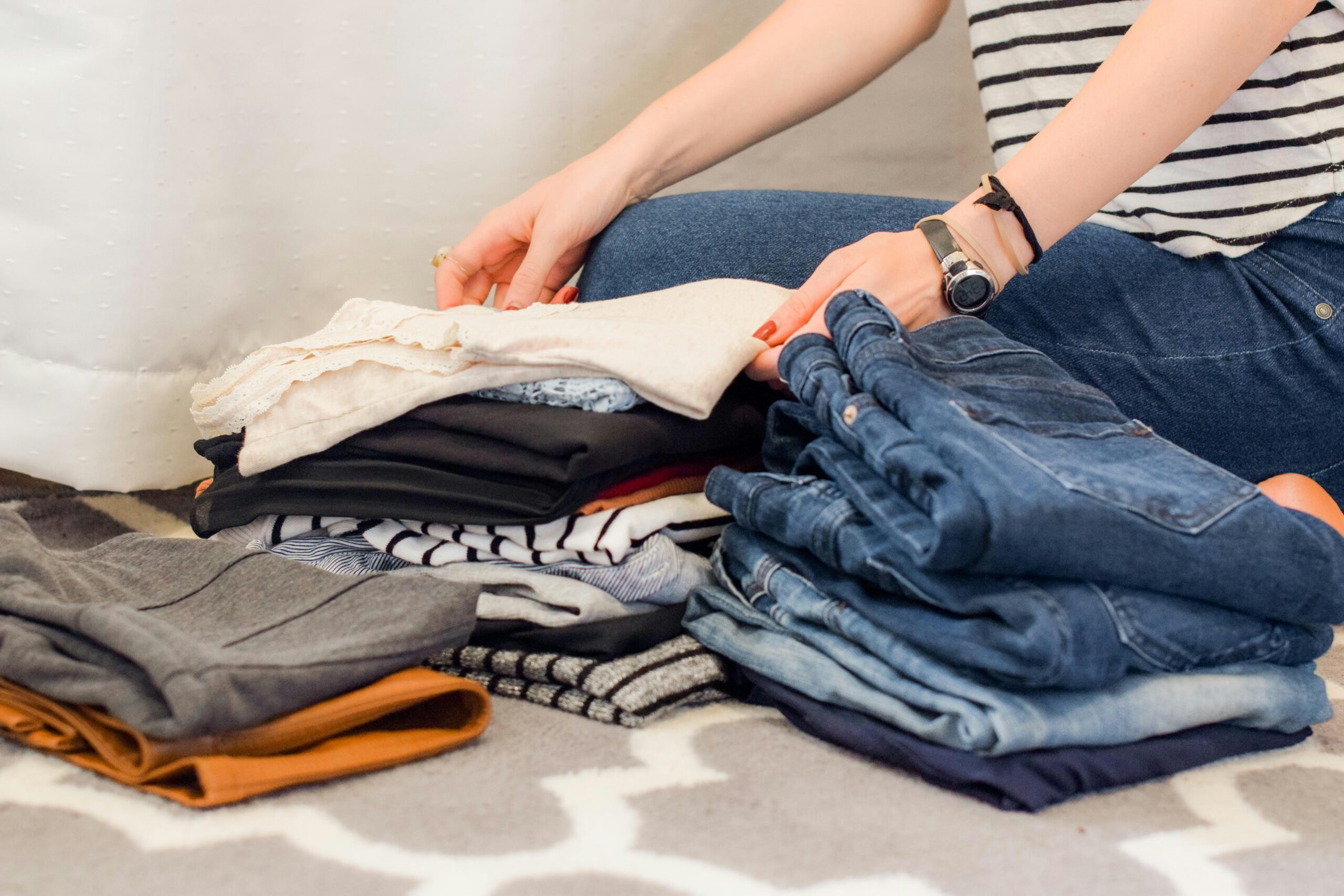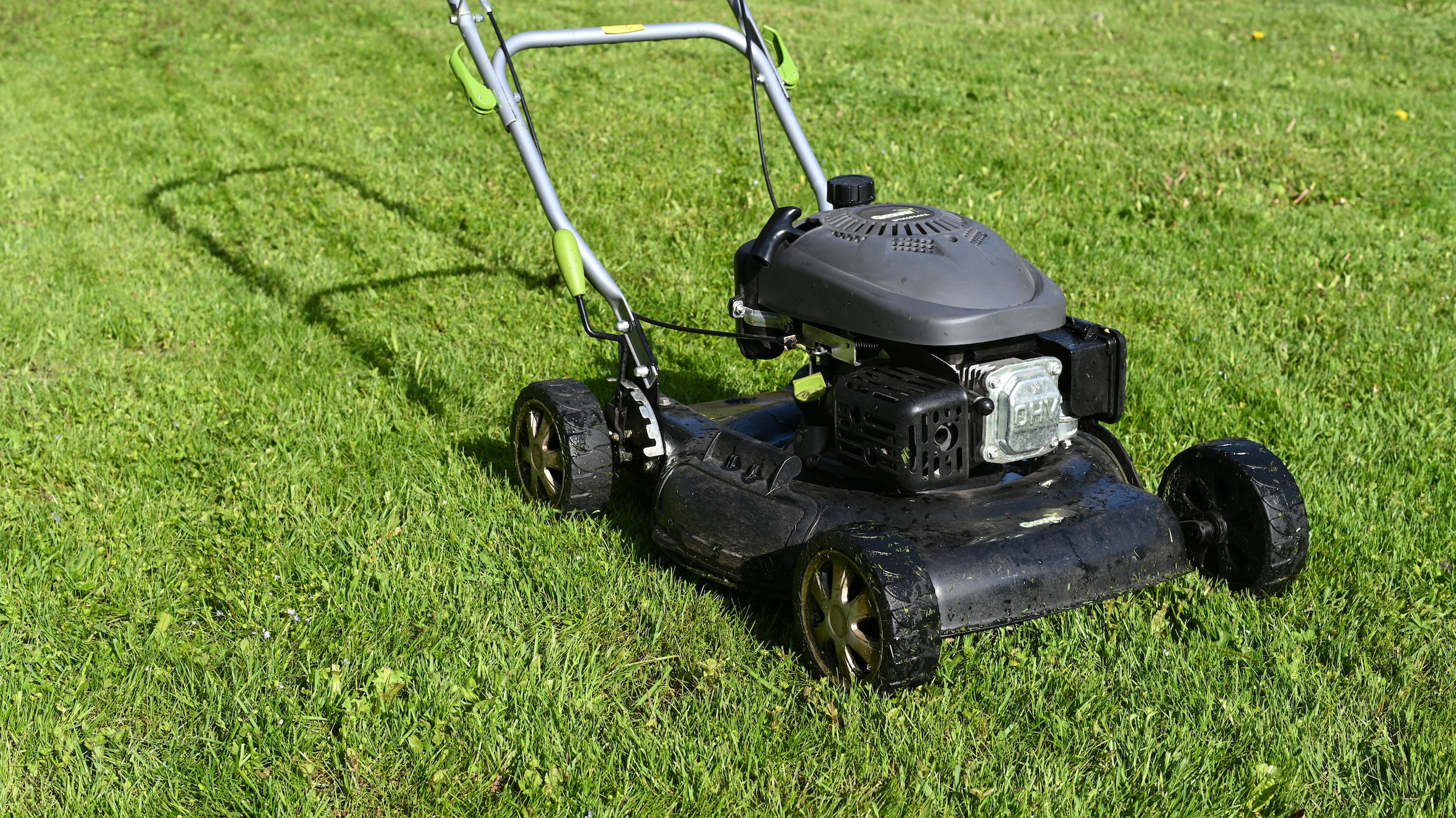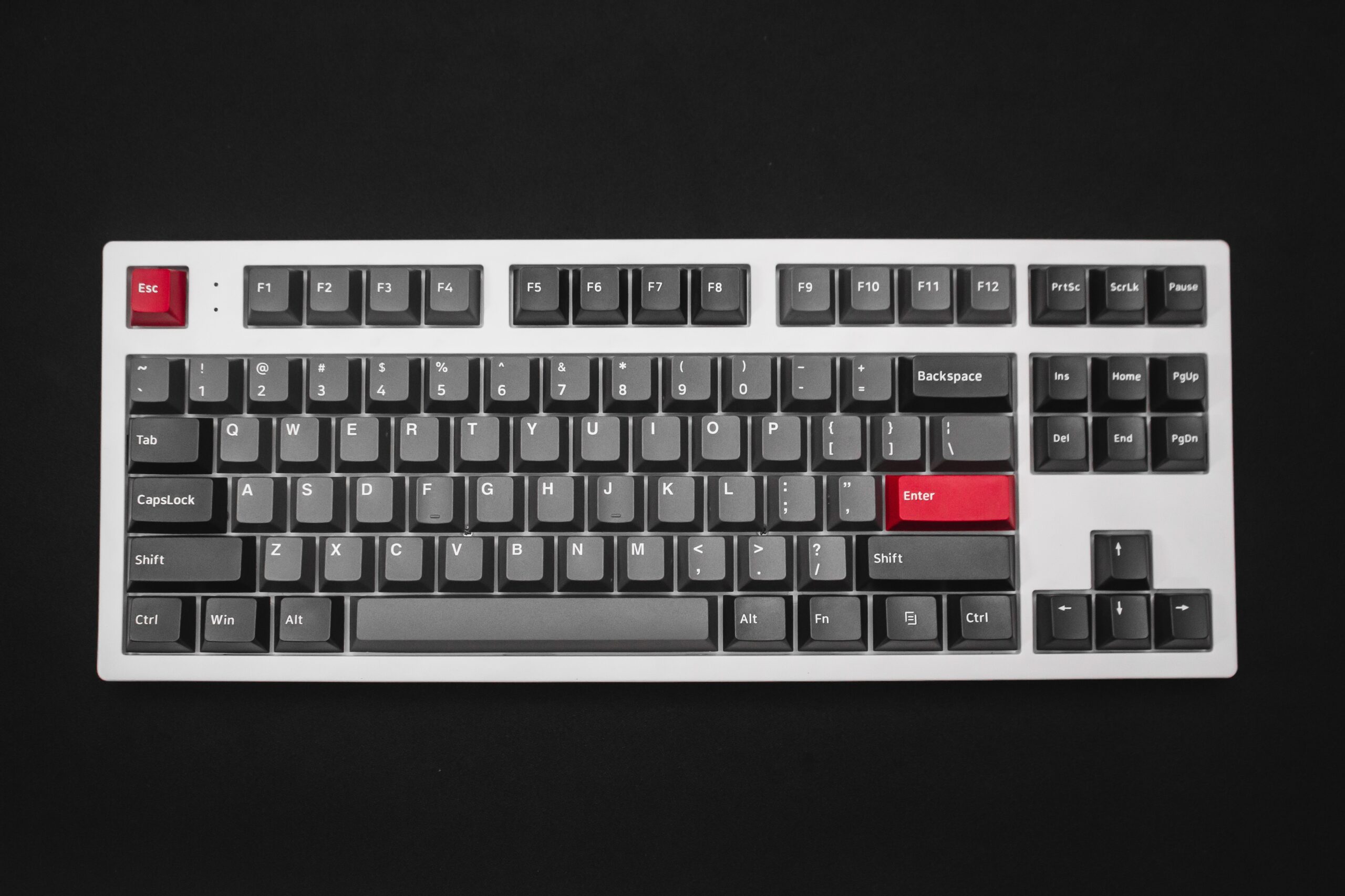Stains on clothes can be a persistent and frustrating issue for many people. From food spills to ink blots, knowing how to effectively remove stains can save your favorite garments from being discarded. This comprehensive guide will explore how to get rid of stains on clothes, addressing common questions and concerns along the way.
Understanding Stain Types and Their Challenges
Stains come in various forms and each type requires a different approach for effective removal. The key to successful stain removal is understanding the nature of the stain and the fabric. Here are some common types of stains:
- Food and Beverage Stains: These include coffee, tea, wine, tomato sauce, and grease. They can be particularly stubborn and often require prompt attention.
- Oil-Based Stains: Commonly caused by salad dressings, makeup, and motor oil, these stains can be tricky because oil repels water.
- Protein-Based Stains: Blood, sweat, and dairy products fall into this category. They often need enzymatic cleaners to break down the protein molecules.
- Ink and Dye Stains: Ink, hair dye, and other pigmented substances can deeply penetrate fabrics, making them difficult to remove.
- Miscellaneous Stains: This category includes grass, mud, and mildew. Each of these has unique removal challenges.
Effective Stain Removal Techniques
The method you choose for stain removal depends on the type of stain and the fabric of your clothing. Here are some general techniques:
Pre-Treating Stains
Pre-treating a stain involves applying a stain remover or detergent directly to the stained area before washing. This step is crucial for allowing the cleaning agents to break down the stain. Common pre-treatments include liquid laundry detergent, stain removers, and even household items like baking soda and vinegar.
Using Cold Water
For most stains, especially protein-based ones, using cold water is crucial. Hot water can set the stain, making it harder to remove. Rinse the stained area with cold water as soon as possible to prevent the stain from setting.
Blotting vs. Rubbing
When dealing with a fresh stain, it’s important to blot rather than rub. Rubbing can spread the stain and push it deeper into the fabric. Use a clean cloth or paper towel to blot up as much of the stain as possible.
Washing with Appropriate Detergents
Using the right detergent is key to removing stains. For most stains, a regular laundry detergent will suffice. However, for tougher stains, you might need a specialized stain remover or enzyme-based detergent. Follow the instructions on the product label for best results.
Natural Remedies
Household items like vinegar, baking soda, lemon juice, and hydrogen peroxide can be effective stain removers. For example, a paste made of baking soda and water can help lift grease stains, while vinegar is excellent for tackling coffee and tea stains.
How do I remove red wine stains from clothing?
Red wine stains can be particularly challenging due to the deep color and the potential for the stain to set quickly. The first step in addressing a red wine stain is to blot the stain gently with a clean cloth to absorb as much of the wine as possible. Next, sprinkle a generous amount of salt on the stain to absorb the wine. Let the salt sit for about 5-10 minutes, then gently brush it off. After that, rinse the stained area with cold water. For a more thorough treatment, you can apply a mixture of hydrogen peroxide and dish soap (in equal parts) to the stain. Let it sit for about 30 minutes before washing the garment in cold water. For stubborn stains, you might need to repeat the process or use a commercial stain remover designed for wine stains.
What should I do if I accidentally set a stain by drying the clothes?
If you accidentally set a stain by drying your clothes, the stain becomes much more difficult to remove because the heat from the dryer can bond the stain to the fabric fibers. While it’s more challenging to remove a set stain, it is not impossible. Start by applying a stain remover or a combination of vinegar and baking soda directly onto the stain. Gently rub it in and let it sit for at least 30 minutes. Rinse the area with cold water and wash the garment again. If the stain persists, you may need to try a commercial stain remover or consult a professional cleaner for specialized treatments.
How do I remove stubborn mildew stains from clothes?
Mildew stains can be persistent and often require a combination of methods to fully remove. Start by soaking the affected area in a mixture of water and white vinegar for about an hour. After soaking, scrub the area gently with a brush to help lift the mildew from the fabric. Rinse the garment with cold water and then wash it in the hottest water temperature that is safe for the fabric. If the stain persists, you can try using a mixture of hydrogen peroxide and water (in a 1:1 ratio) directly on the stain. Let it sit for about 30 minutes before rinsing and washing.
Can I use essential oils for stain removal?
Essential oils can be used for some stain removal tasks, though they are generally less effective than commercial stain removers. For instance, lemon oil can be used to treat grease stains by applying a few drops directly to the stain and letting it sit for a few minutes before washing. Tea tree oil has antimicrobial properties and can be added to your laundry to help with stubborn stains and odors. When using essential oils, always dilute them with water or mix them with a carrier oil, and test the mixture on a small, inconspicuous area of the fabric first to ensure it does not cause damage or discoloration.
How can I remove gum from clothes?
Removing gum from clothes requires a specific approach to avoid spreading the gum and potentially causing further damage. Start by placing the garment in the freezer or applying ice to the gum to harden it. Once the gum is hard, gently scrape it off using a dull knife or a spoon. After removing as much gum as possible, you can apply a stain remover or a mixture of vinegar and water to the remaining residue. Let it sit for about 10-15 minutes, then blot and rinse with cold water. If necessary, repeat the process until the gum is fully removed. For particularly stubborn gum, using a commercial gum remover product might be necessary.
How do I get rid of rust stains on clothing?
Rust stains can be tricky to remove, but there are effective methods to tackle them. Begin by applying a small amount of lemon juice directly to the rust stain. Sprinkle some salt on top of the lemon juice and let the mixture sit in the sun for several hours to allow the acid from the lemon juice to break down the rust. After the stain has been treated, rinse the area with cold water and wash the garment as usual. For more severe rust stains, you can use a commercial rust stain remover designed for fabrics, following the product’s instructions carefully. Always test any new cleaning product on a small, inconspicuous area of the fabric first to ensure it does not cause damage or discoloration.
FAQs on how to get rid of stains on clothes
How do I remove coffee stains from clothes?
Coffee stains can be stubborn but are usually removable with prompt action. Blot the stain with a paper towel to remove as much liquid as possible. Rinse the stained area with cold water from the back of the fabric to push the stain out. Apply a liquid laundry detergent or a paste made from baking soda and water to the stain. Let it sit for a few minutes before washing the garment in cold water.
What’s the best way to remove grease stains?
Grease stains can be challenging due to their oil-based nature. Sprinkle baking soda or cornstarch on the stain to absorb the grease. Let it sit for 10-15 minutes before brushing it off. Apply a small amount of dish soap to the stain and gently rub it in. Rinse with cold water and launder as usual.
How can I get rid of ink stains?
Ink stains require a careful approach to avoid spreading the ink further. Place a paper towel under the stained area to absorb excess ink. Dab rubbing alcohol or hand sanitizer onto the stain with a cotton ball. Continue blotting until the ink begins to lift. Rinse with cold water and wash the garment in cold water with detergent.
Are there any special tips for removing blood stains?
Blood stains should be treated with cold water immediately. Rinse the stained area with cold water, then apply a paste made of baking soda and water. Let it sit for a few minutes before rinsing again. For dried blood stains, soak the garment in cold water with a small amount of salt or hydrogen peroxide, then wash as usual.
How do I handle grass stains?
Grass stains can be particularly stubborn, especially on white or light-colored fabrics. Pre-treat the stain with a liquid detergent or a paste made from baking soda and water. Let it sit for 15-30 minutes. Use an old toothbrush to gently scrub the stain before washing the garment in cold water.
Can I use bleach on all stains?
Bleach is effective for removing stains from white fabrics but should be used with caution. It can damage colored fabrics and weaken fibers. Always read the care label on your garment and test bleach on a small, inconspicuous area first. For colored clothes, use a color-safe bleach or a stain remover specifically designed for colors.
What if the stain doesn’t come out after the first wash?
Stains that remain after the first wash might need additional treatment. Avoid drying the garment, as heat can set the stain permanently. Repeat the pre-treatment process and wash again. Sometimes, using a different stain remover or a stronger detergent can help.
How can I prevent future stains on my clothes?
Preventing stains involves being mindful of activities that can cause stains and taking prompt action when they occur. Use napkins or bibs when eating, and handle ink and dye products carefully. Treat spills and stains as soon as possible to prevent them from setting.
Advanced Stain Removal Tips
Enzymatic Cleaners
Enzymatic cleaners contain natural enzymes that break down protein-based stains. These are particularly effective for blood, sweat, and food stains. Follow the product instructions and allow the cleaner to sit on the stain for the recommended time before washing.
Oxidizing Agents
Hydrogen peroxide and other oxidizing agents can be effective for removing stains, especially on white fabrics. Apply hydrogen peroxide directly to the stain and let it sit for a few minutes before rinsing and washing. Be cautious with colored fabrics, as these agents can cause discoloration.
Steam Cleaning
For stubborn stains, using a steam cleaner can be helpful. The heat and moisture from the steam can help loosen and lift the stain. Use the steam cleaner according to the manufacturer’s instructions and test it on a small area first.
Special Fabrics and Stains
Delicate Fabrics
Delicate fabrics like silk and wool require special care. Avoid using harsh chemicals or vigorous scrubbing. Instead, use gentle detergents and cold water. For tough stains, consider taking the garment to a professional cleaner.
Denim
Denim can be treated with similar methods to other fabrics but may require more time for the cleaning agents to penetrate the thick fibers. Pre-treat the stain and allow the cleaner to sit for at least 30 minutes before washing.
Synthetic Fabrics
Synthetic fabrics like polyester and nylon are often more stain-resistant but can still be stained by oils and dyes. Use mild detergents and avoid high heat during washing and drying to prevent damage.
Conclusion on how to get rid of stains on clothes
Stains on clothes are an inevitable part of life, but with the right techniques and knowledge, they can be effectively managed. Understanding the type of stain and the fabric involved is crucial for successful removal. Prompt action, proper pre-treatment, and the use of appropriate cleaning agents can save your garments from being ruined. By following the tips and methods outlined in this guide, you can tackle stains with confidence and keep your wardrobe looking fresh and clean.
Regularly updating your stain removal knowledge and keeping a variety of cleaning products on hand can make dealing with stains less stressful. With practice and patience, you can master the art of stain removal and extend the life of your favorite clothes.


